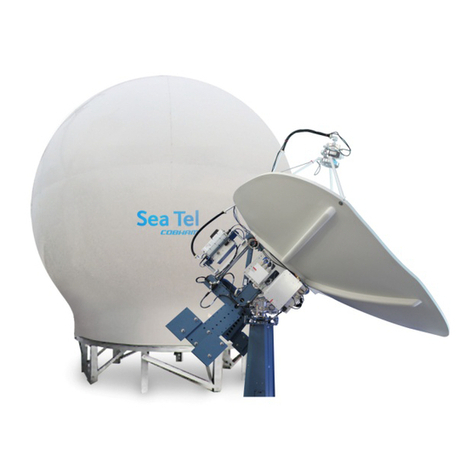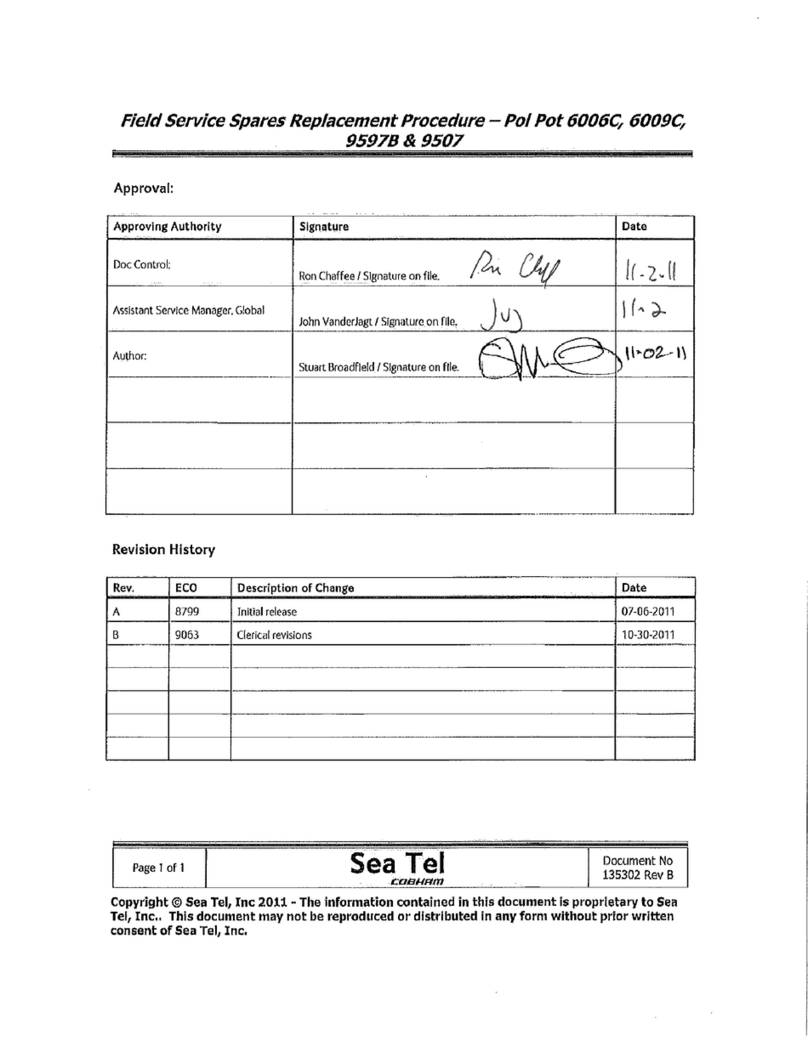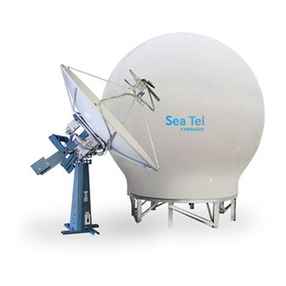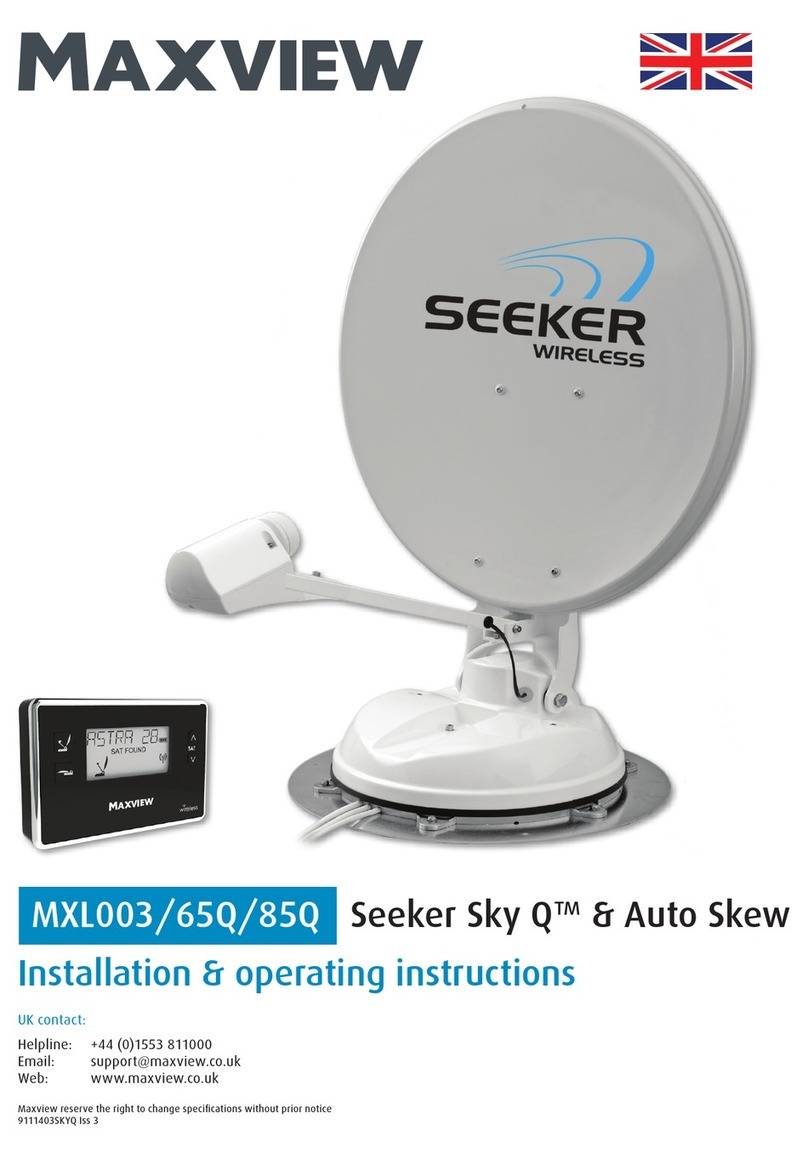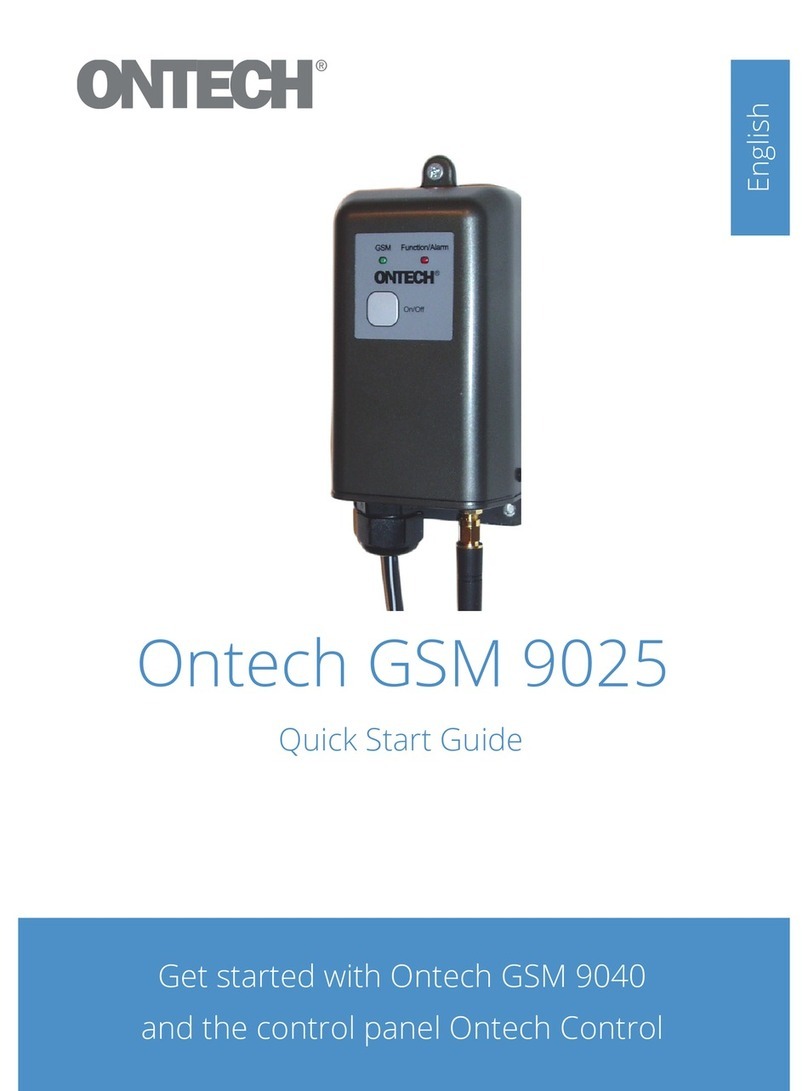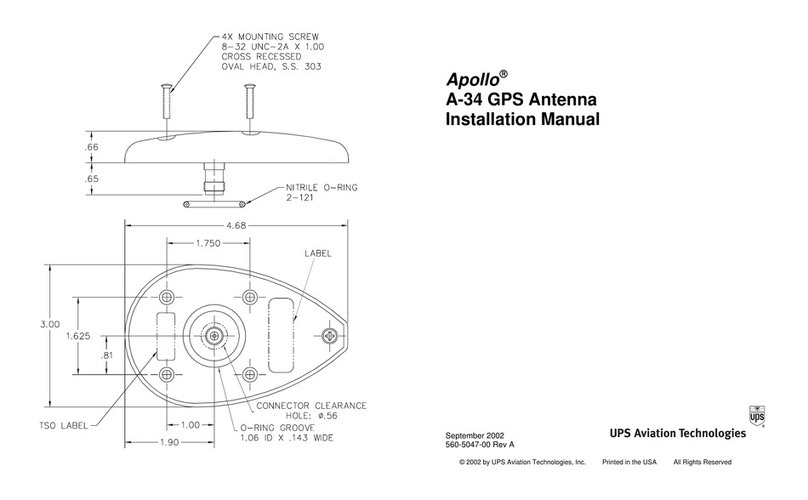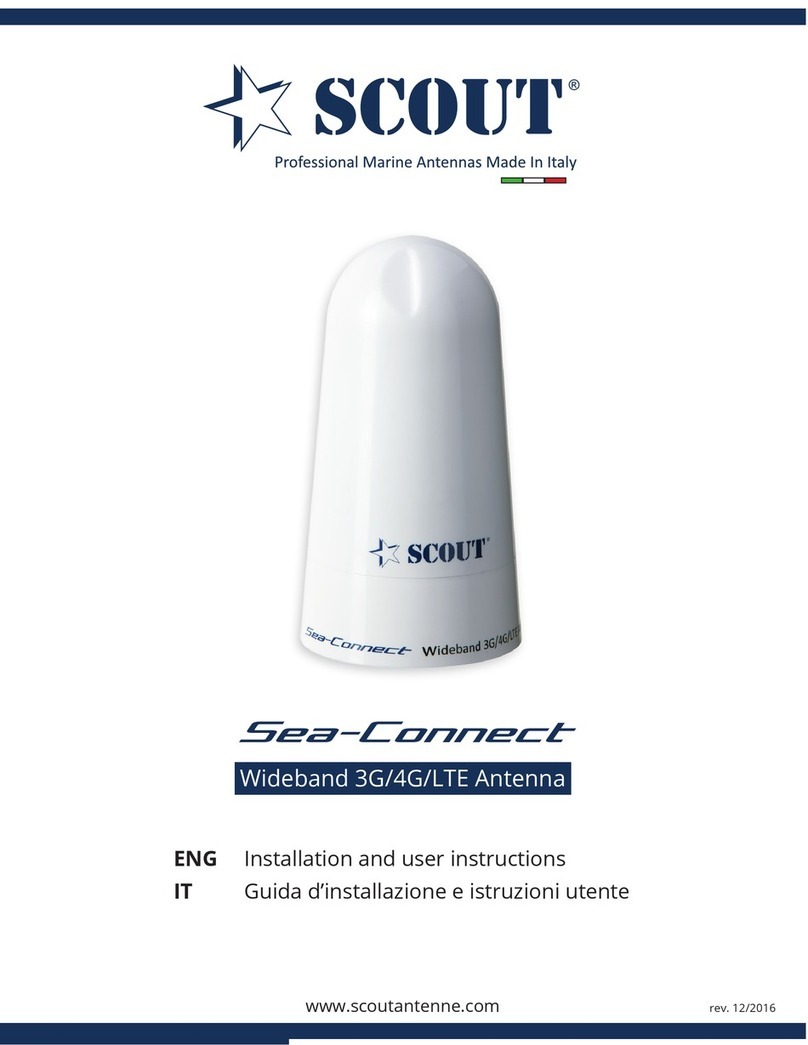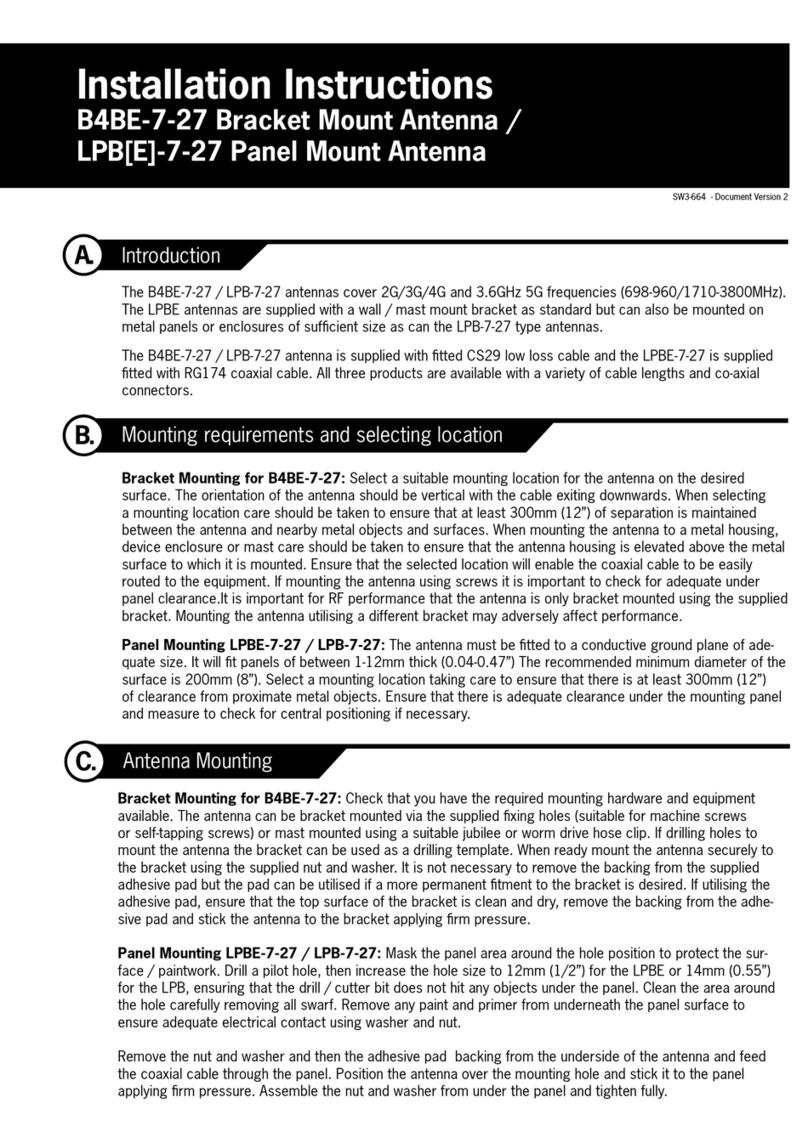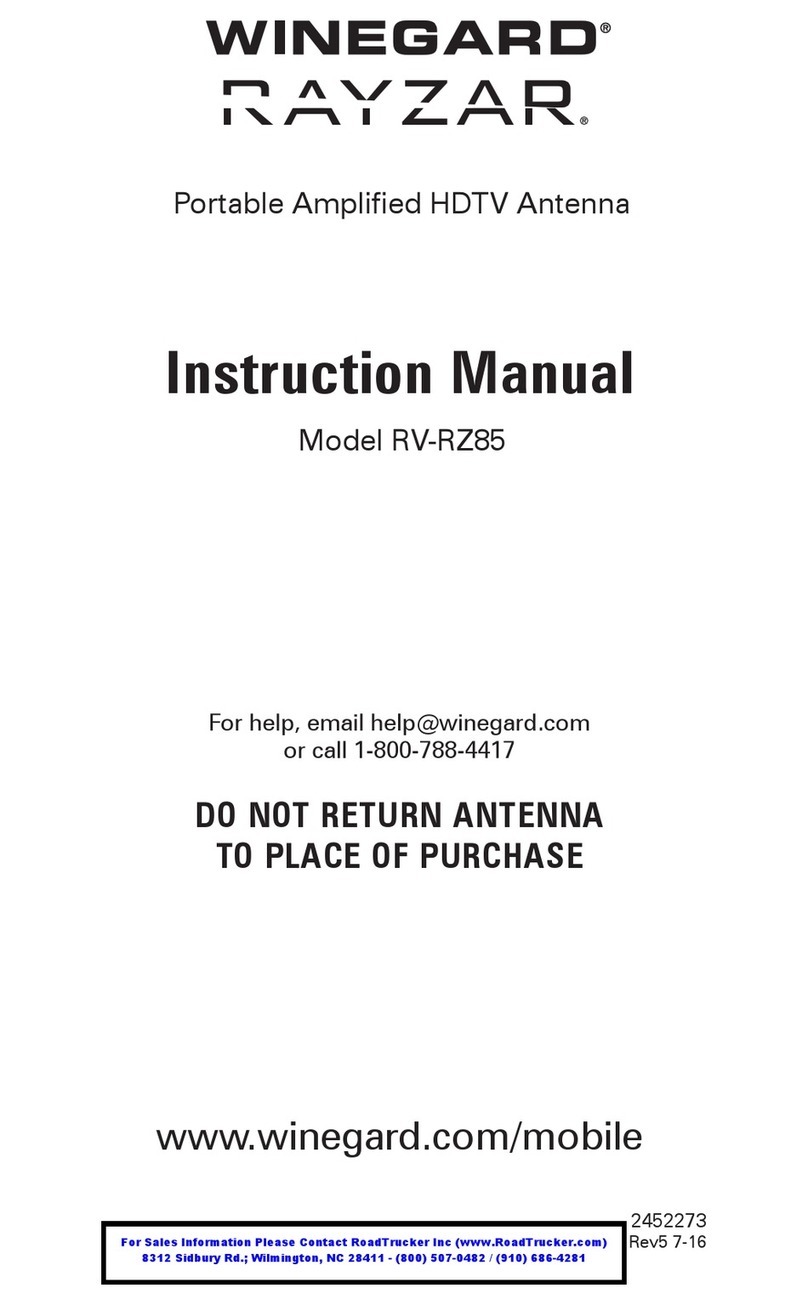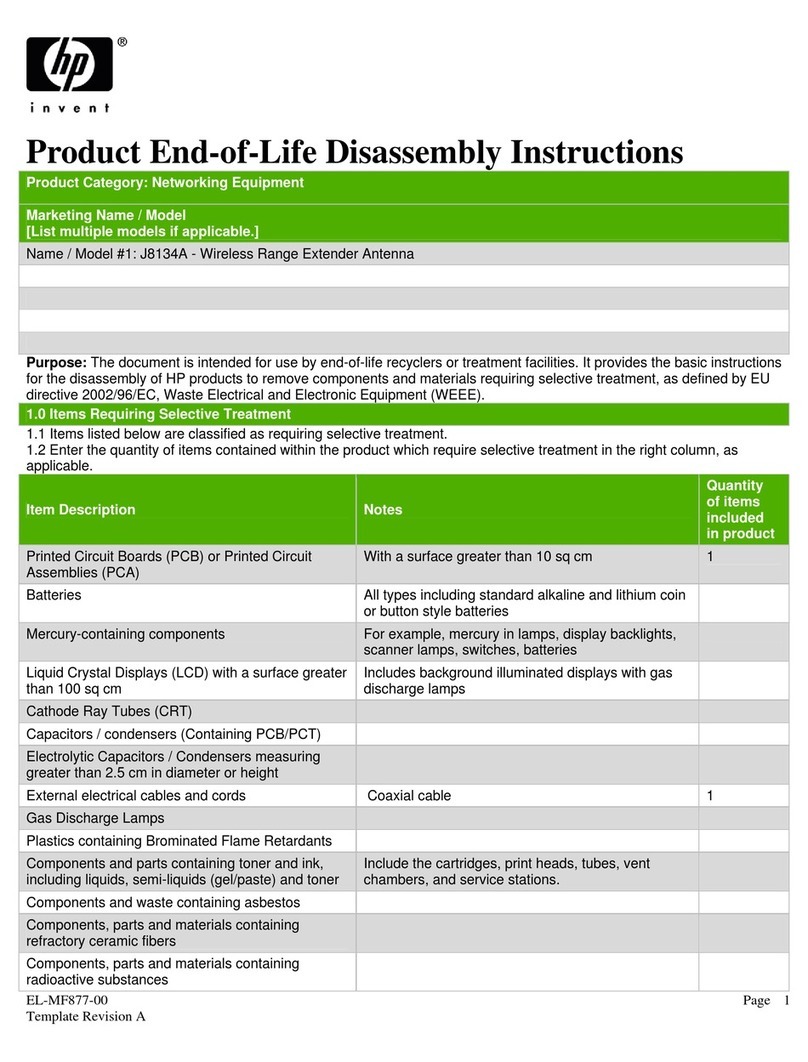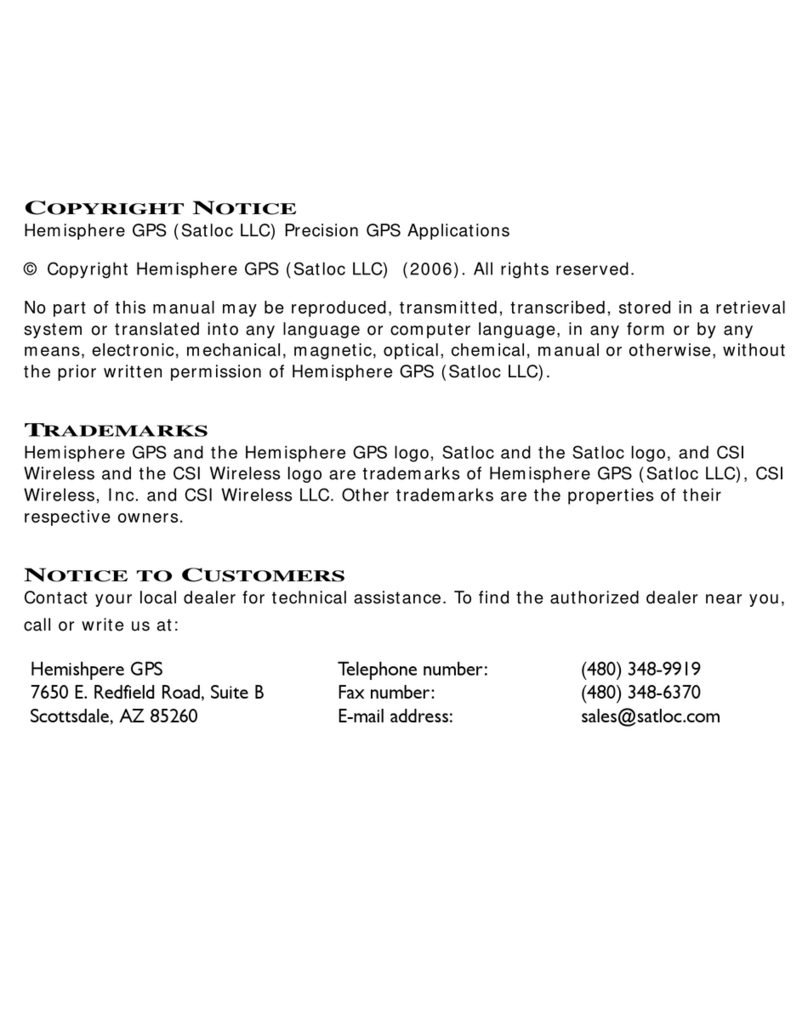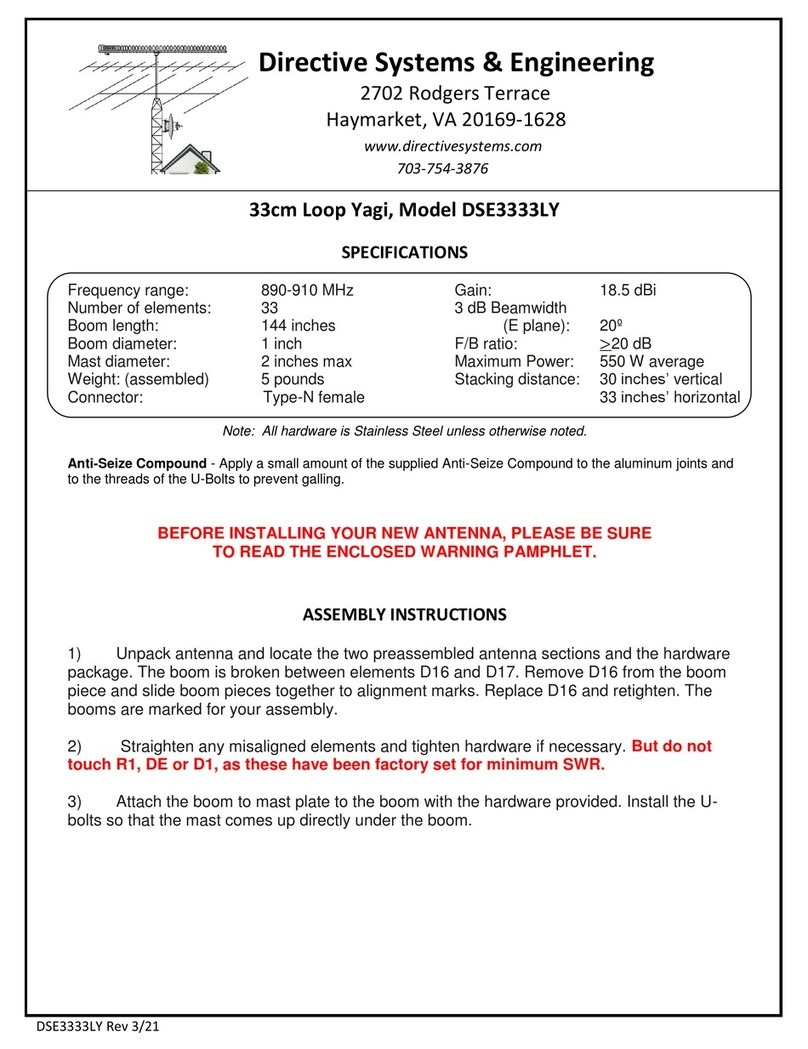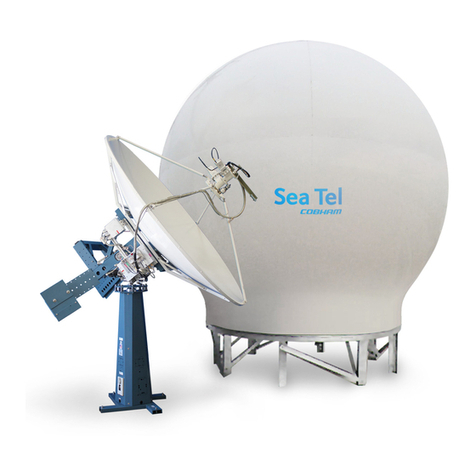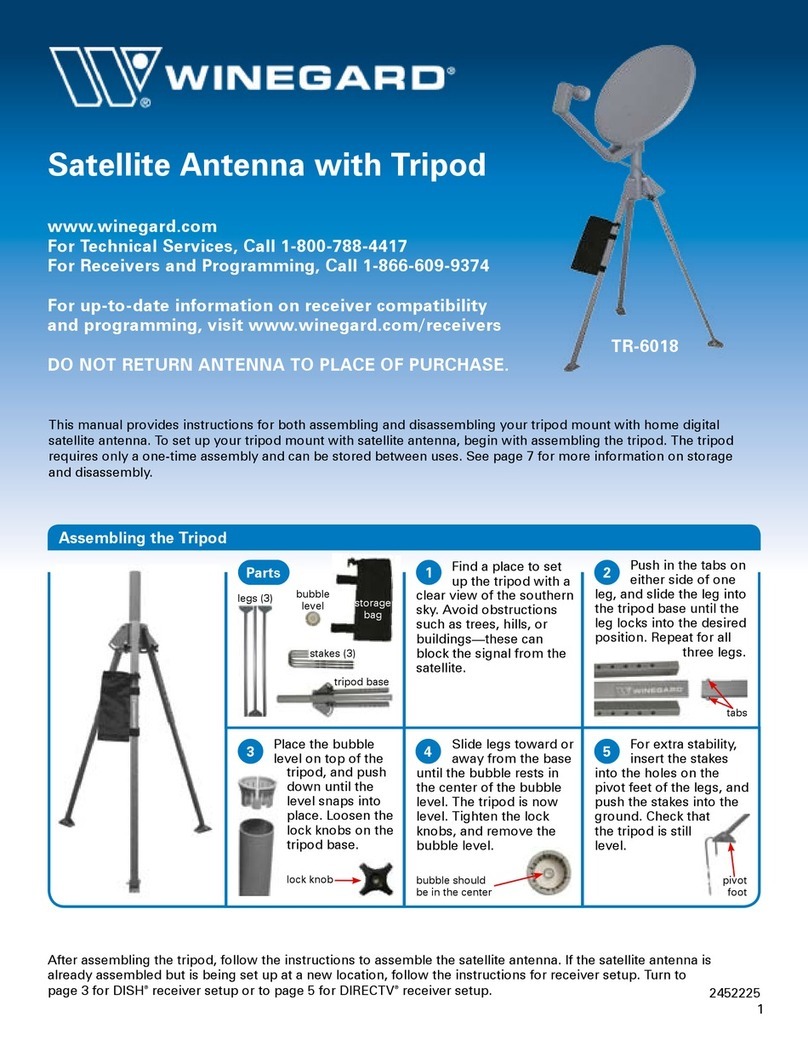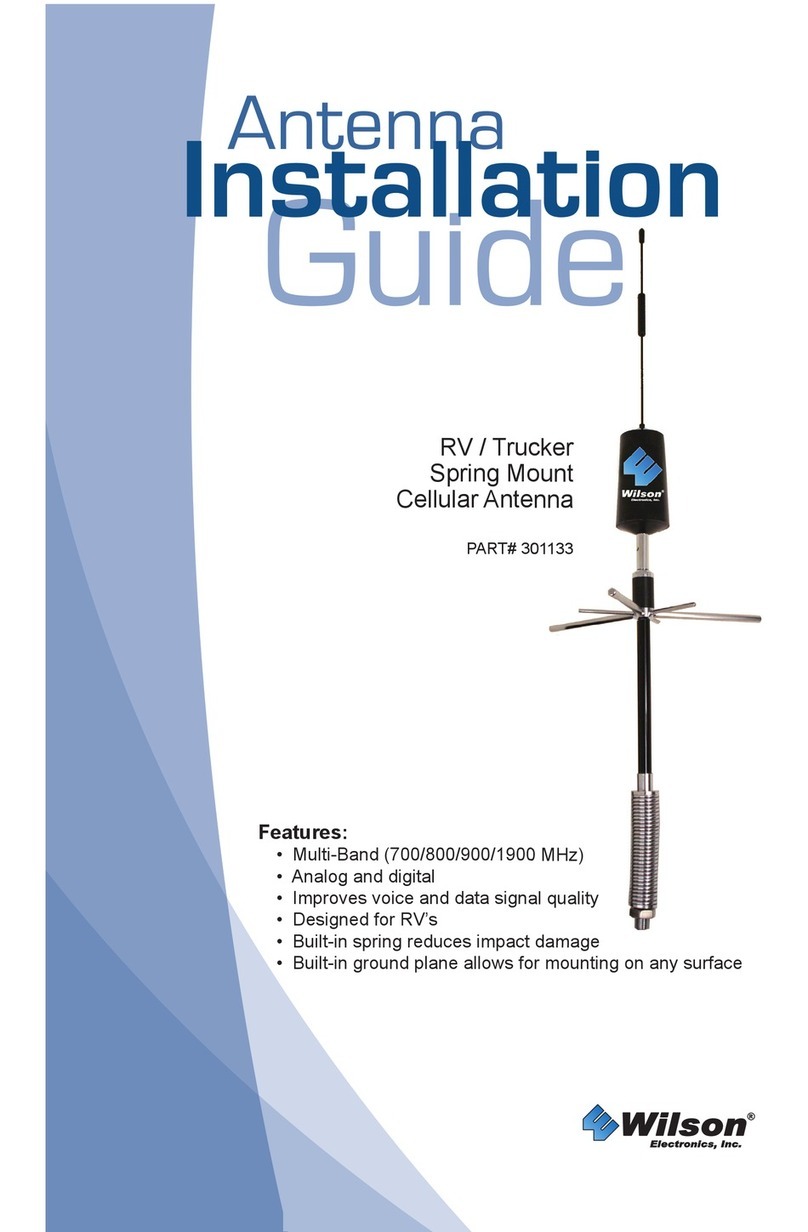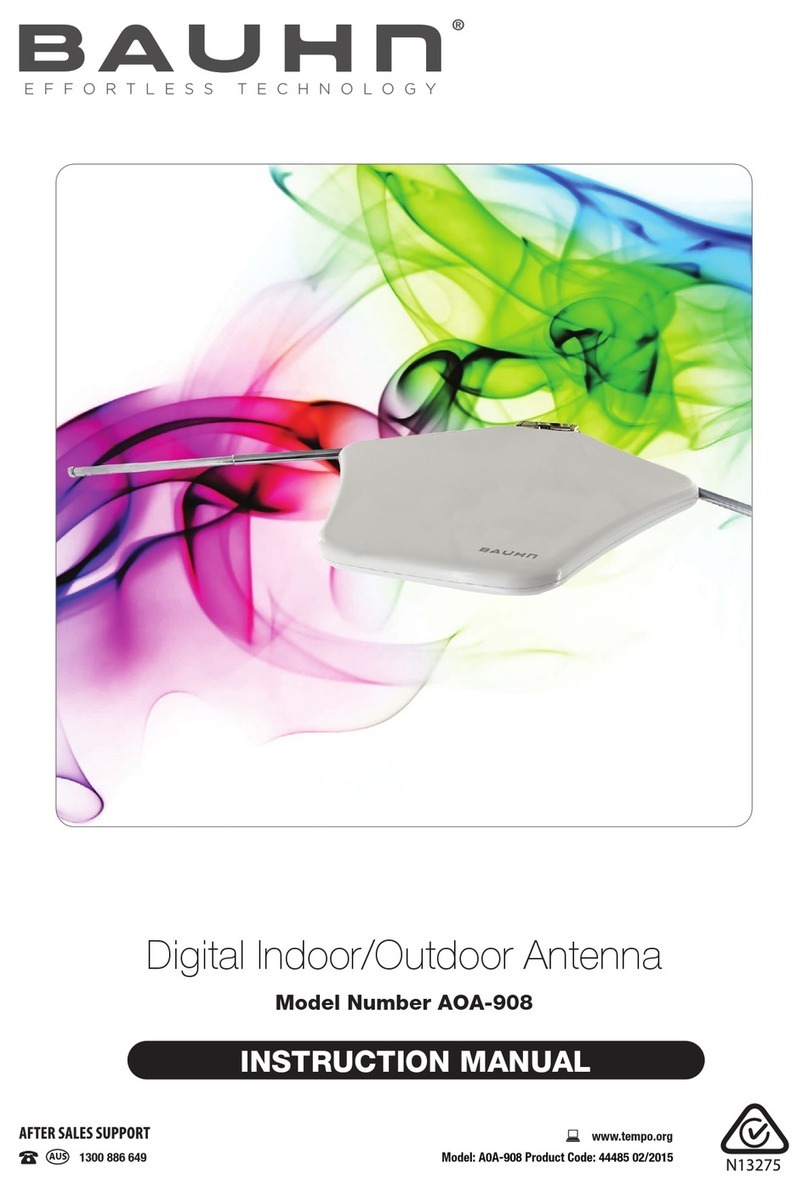
Scheduled Preventive Maintenance Series 10 Broadband At Sea
1-3
1.4. Bi-Annual Inspections
Regular inspections will assure that your antenna is in peak operating condition. Your Sea Tel authorized dealer has
trained service technicians who will perform this work using Sea Tel replacement parts.
Record your Inspections in the Maintenance Record pages at the end of this manual.
1.4.1.
Conduct a good, thorough, visual inspection of the radome. If any damage is found, notify your dealer
immediately.
Radome Inspections
1. Inspect the outside surface of the radome (top and base) looking for scrapes, cracks, mars or residue
indicating that the gel coat surface has been impacted, or in any other way, damaged. Damage to
the sealant coat, or core structure of the radome MUST be properly repaired and re-sealed
immediately. Any cracks, scratches or other damage to the surface seal of the radome must be
repaired and re-sealed by a competent “A” layered laminate (or cored deck) repair professional. If
diesel exhaust, or any other residue, is coating the outside of the radome it should be cleaned with
mild soapy water to minimize signal loss due caused by these residues.
2. Inspect the inside surface of the radome (top and base) looking for cracks, mars or white fiberglass
powder residue due to chafing in the material indicating that it has been impacted or scraped by the
dish or any other signs of wear or damage.
3. Inspect the flange mating of the radome top and base to insure that the flange is properly sealed to
prevent wind, saltwater spray and rain from being able to enter the radome.
4. If condensation, or standing water, is found inside the radome, isolate and seal the leak, and then
dry out the radome. Debris clogging the small weep holes in the recessed areas of the radome base
may need to be cleaned out to allow standing water to “weep” out. DO NOT DRILL ADDITIONAL
HOLES IN THE RADOME BASE.
5. If hardware is found in the recessed areas of the radome base try to ascertain where it may have
fallen off From. Notify your dealer immediately.
1.4.2.
Conduct a good, thorough, visual inspection of the conductors, cables and harnesses:
Cable Inspections
1. Inspect the AC power conductors inside the breaker box, from the breaker box to the power ring
and from the power ring to the AC power terminal strip.
CAUTION: Assure that ships AC power being supplied to that antenna is
turned OFF prior to touching any AC Power wiring. Hazardous voltages exist
on these wires.
a. Inspect ground wire for damage & proper termination.
b. Assure that the conductors are flexible and that the insulation is not chaffed, brittle or
burned. If any damage is found repair or replace the damaged conductors. If damage is due to
chaffing, pinching or crushing reroute the new conductors as necessary to prevent future damage.
c. If the damage is at the power ring, replace the power ring (refer to the “replacing the power
ring” procedure in the Maintenance section of this chapter),
2. Inspect the Coaxes at the bracket on the radome base, through the pedestal base and at the dual
channel rotary joint. Inspect both coaxes to assure that they are flexible and that the insulation is
not brittle, chaffed or pinched. If any damage is found repair or replace the damaged coaxes. If
damage is due to chaffing, pinching or crushing reroute the new conductors as necessary to prevent
future damage. Assure that all the connectors are properly tightened.
3. Inspect all harnesses and connections -The harnesses should not be frayed and all the connectors
should be properly fastened and retainer screws tightened.
1.4.3.
Conduct a good, thorough, visual inspection of the wire-rope isolators.
Wire-Rope Isolator Inspections
1. Wire Rope Isolators should not be frayed, completely compressed, or otherwise damaged.- The
metal bars on the top & bottom of the wire-rope isolators should not be bent or bowed in any way.
If there is any evidence of rust, broken stand(s) of wire or bent bars in any one of the wire-rope






















